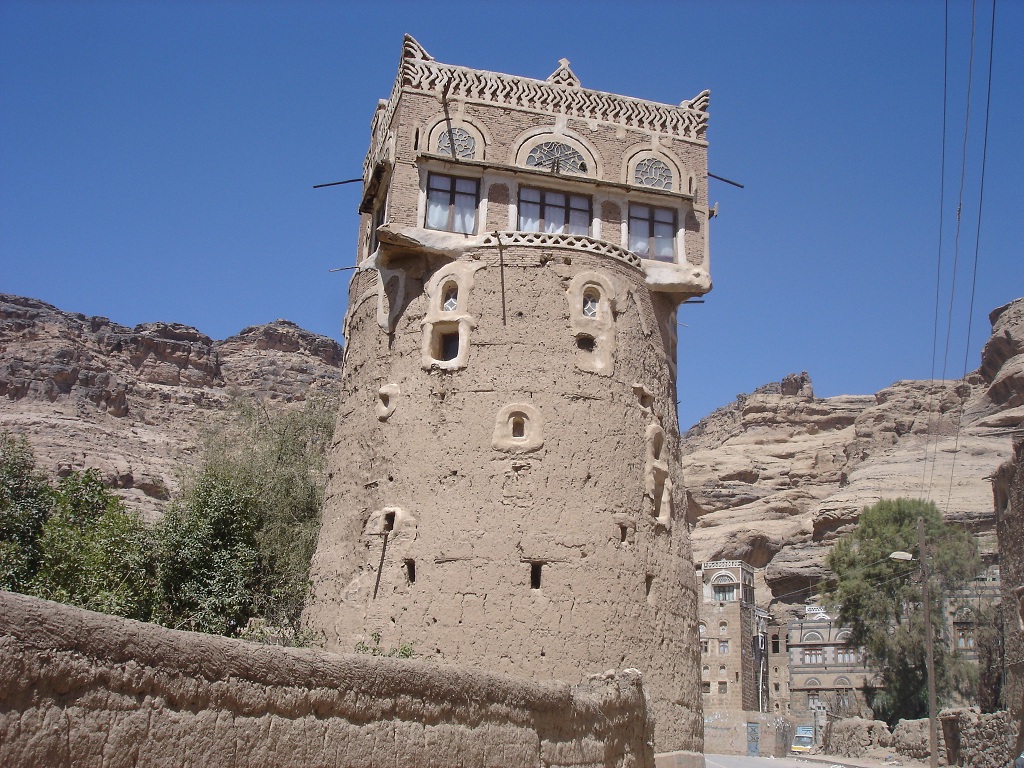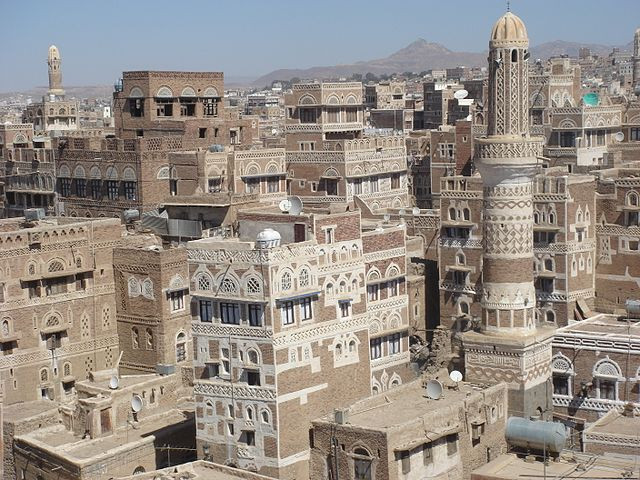
The Ancient Wonders of Yemen
Yemen, a land steeped in history and culture, is home to some of the most fascinating and lesser-known ancient wonders in the world. Among these is the extraordinary city of Shibam, often dubbed the “Manhattan of the Desert” for its stunning collection of mud-brick skyscrapers. This UNESCO World Heritage site, nestled in the Hadramaut Valley, offers a unique glimpse into ancient architectural ingenuity and the rich cultural tapestry of Yemen.
Shibam: The Ancient City of Skyscrapers
Shibam is renowned for its vertical architecture, an impressive feat considering its construction materials and the harsh environment in which it was built. The city’s layout, with its narrow alleyways and towering buildings, evokes a sense of grandeur that belies its modest construction materials. The skyscrapers of Shibam are not made of steel and glass but of mud bricks, a testament to the resourcefulness and ingenuity of its ancient inhabitants.
The city’s origins date back to the 3rd century AD, though its most prominent architectural features were developed between the 9th and 11th centuries. During this period, Shibam became a significant trading hub, strategically located along the ancient caravan routes that connected the Arabian Peninsula with the Indian subcontinent. The wealth generated from trade allowed the city to flourish and evolve into a unique urban landscape.
Architectural Marvels: Mud-Brick Skyscrapers
What sets Shibam apart from other ancient cities is its distinctive architectural style. The city’s buildings, constructed from mud bricks, rise as high as 16 stories, creating an impressive skyline against the arid backdrop of the desert. These skyscrapers, some over a thousand years old, showcase a sophisticated understanding of engineering and urban planning.
The construction of these mud-brick towers is an intricate process. Builders use a mixture of mud, straw, and water to create the bricks, which are then dried in the sun. This technique not only provides insulation against the extreme temperatures of the desert but also allows the buildings to breathe, reducing humidity and improving air quality within. The walls of these towers are incredibly thick, often up to 1.5 meters, which helps them withstand the harsh weather conditions and occasional earthquakes.
One of the most remarkable features of Shibam’s architecture is the use of vertical space. The city’s buildings are designed to accommodate multiple families, with each floor serving as a separate dwelling. The ground floor is typically reserved for storage and commercial activities, while the upper floors provide living spaces. This vertical approach to urban planning maximizes the use of limited land and demonstrates a deep understanding of the environmental and social challenges faced by the city’s inhabitants.
The Cultural Significance of Shibam
Beyond its architectural marvels, Shibam is a symbol of Yemen’s rich cultural heritage. The city’s layout and construction reflect the social and economic dynamics of its time, offering valuable insights into the lives of its ancient residents. Shibam’s residents were skilled craftsmen and traders who contributed to the city’s prosperity and its unique architectural style.
The city’s historical significance is also evident in its role as a center of Islamic scholarship and culture. Shibam was home to numerous scholars, poets, and philosophers who contributed to the intellectual and cultural development of the region. The city’s vibrant cultural scene, combined with its strategic location along trade routes, made it a melting pot of ideas and influences from across the Arabian Peninsula and beyond.
Preservation and Challenges
Despite its historical and cultural significance, Shibam faces numerous challenges related to preservation and conservation. The city’s mud-brick structures are vulnerable to erosion, weathering, and other environmental factors. Efforts to preserve and restore these buildings are ongoing, but the task is complex and requires a delicate balance between maintaining the city’s historical integrity and addressing the needs of its current inhabitants.
International organizations, including UNESCO, have recognized the importance of preserving Shibam and have supported various initiatives aimed at safeguarding its architectural heritage. Local authorities and conservationists are also actively involved in preservation efforts, working to ensure that future generations can continue to appreciate and learn from this ancient marvel.

Visiting Shibam: A Journey Through Time
For those interested in exploring the ancient wonders of Yemen, Shibam offers a truly unique and immersive experience. The city’s narrow streets and towering mud-brick buildings create an atmosphere that transports visitors back in time, allowing them to witness firsthand the architectural ingenuity and cultural richness of one of Yemen’s most remarkable historical sites.
Visitors to Shibam can explore the city’s historic buildings, including its mosques, residences, and traditional marketplaces. The city’s architecture and layout provide a fascinating glimpse into the daily lives of its ancient inhabitants, while the surrounding desert landscape adds to the sense of adventure and discovery.
While visiting Shibam, it’s important to approach the site with respect and sensitivity. The city’s residents are proud of their heritage and are keen to share their culture with visitors, but it is essential to be mindful of local customs and practices. Engaging with local guides and participating in cultural activities can enhance the experience and contribute to the preservation of Shibam’s unique heritage.
Conclusion
Shibam, with its mud-brick skyscrapers and rich cultural history, stands as a testament to the ingenuity and resilience of its ancient builders. The city’s unique architectural style, combined with its historical significance and ongoing preservation efforts, makes it a remarkable destination for anyone interested in exploring the ancient wonders of Yemen. As you wander through the narrow streets and gaze up at the towering buildings, you can’t help but feel a deep sense of awe and appreciation for the remarkable achievements of the past. Shibam is not just a historical site but a living reminder of the enduring legacy of human creativity and ingenuity. For additional tips and ideas about the Yemen historical sites, you may visit their page to learn more.
